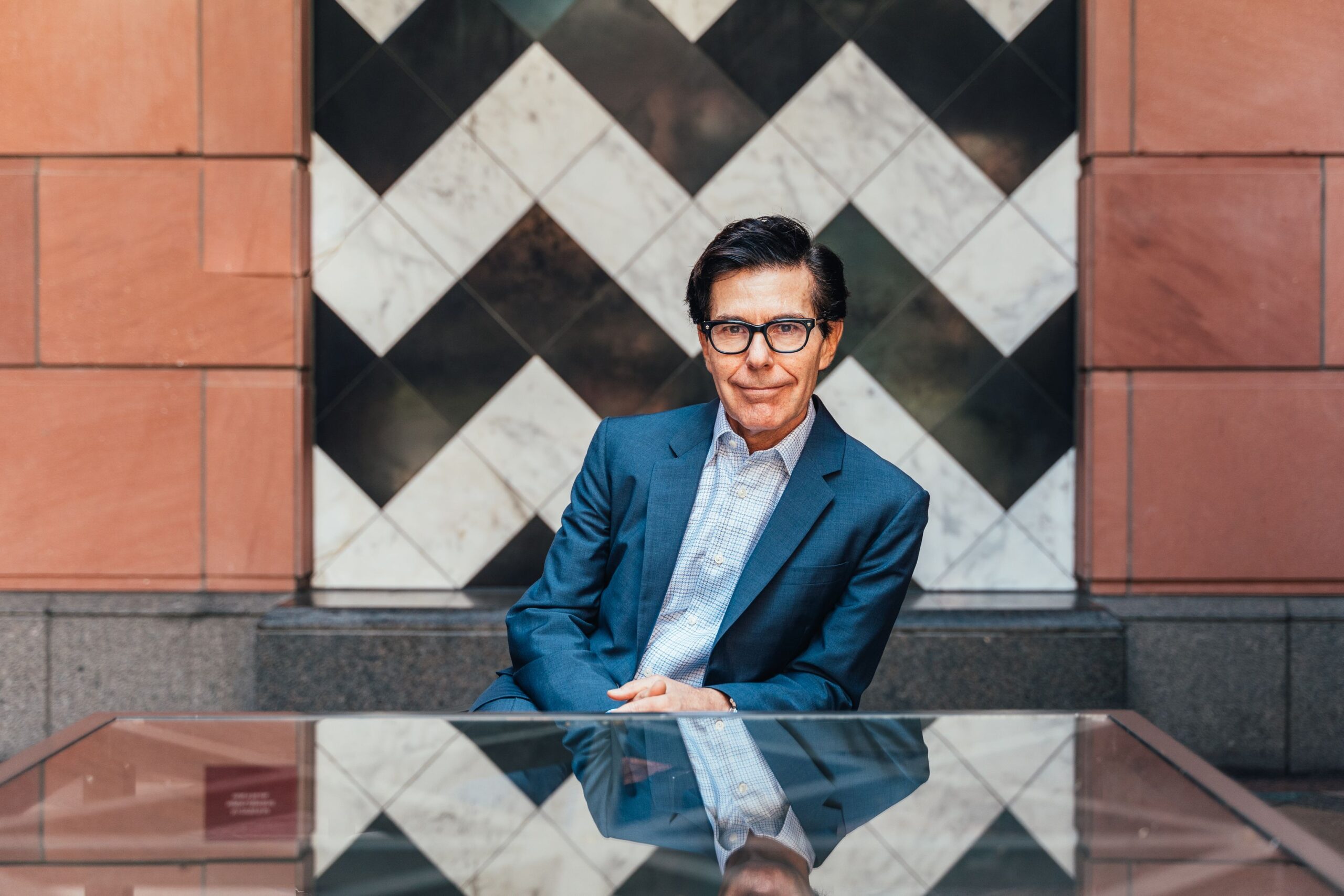Over the past few years, there has been a greater concentration on the varying needs of different ethnicities for facelift procedures. Much of this focus has come with changes in the medical field as a whole, as healthcare has gone through a major transition in how to approach treatment for different ethnic groups. However, plastic surgery, due its aesthetic nature, has received special attention as the number of various ethnicities opting for these types of surgeries has greatly increased as stated by the National Library of Medicine.
The Differences
Facial feature differences across varying ethnic groups, as pointed out by the John Hopkins School of Medicine, include many factors from skin tone, to soft tissue fullness, to bone structure, and they each have their own unique issues. For instance, those of Asian descent may have a flatter nasal bridge as well as differing cheekbone structures from those of African or European descent. Therefore, it is critical that a plastic surgeon fully appreciate anatomical differences and incorporates these in planning any procedure.
The Importance of Understanding Cultural Sensitivities
In order for a doctor to successfully perform a facelift surgery, they must first be aware of the cultural norms of the patient. They must recognize that there are no uniform standards of beauty and also be aware of the emphasis of certain unique features that various groups are sensitive to in order to perform a successful procedure. It is also important that your doctor understands differing priorities when it comes to planning the procedure and visualizing the final results.
Some ethnicities tend to be less concerned with issues such as fine lines and rather concentrate on receiving facial procedures to tighten skin. While others may be more sensitive to specific areas of the face such as the characteristics surrounding the eyes or nose. Therefore, a plastic surgeon must engage in extensive discussions, listening to the patient’s desires and concerns, and then fully explain the best ways to address them. Having a doctor that takes all these factors into consideration is vital to the process.
Fully Understand the Process
Not all ethnicities respond to plastic surgery in the same way, and when considering a facelift it is important to understand the potential challenges. Patients who have more melanin or darker pigmentation, as stated by the American Academy of Dermatology, may be present some risk for hypertrophic and keloid scars. In addition, certain areas, such as the skin around the ears can also be more sensitive to these issues.
Other potential challenges such as hyperpigmentation that presents itself as a darkening or lightening of skin in small areas, can also occur. Therefore, it is important to fully cover these potential risks with your doctor in order to learn the best ways to prevent these problems.
Continued Innovation
Advancements in technology, techniques, and aftercare have improved results and lessened recovery time of a facelift surgery. Improvements in various procedures such as rhinoplasty, blepharoplasty, mid-facelift, jawline rejuvenation, and brow lifts, has also given doctors and patients more options in choosing the right one to meet their needs. These options can be used singularly or in combination with other techniques to attain the best results.
Choosing a Plastic Surgeon to Meet Your Needs
A facelift is both a delicate and intricate procedure, and choosing the right plastic surgeon to perform it should be done with thoughtfulness and thoroughness. Dr. Robert Applebaum recommends that you check their certifications, their experience in performing the procedure on various ethnic backgrounds, their understanding and use of the latest techniques, and most of all, their willingness to sit down with you and listen to your needs and concerns.
